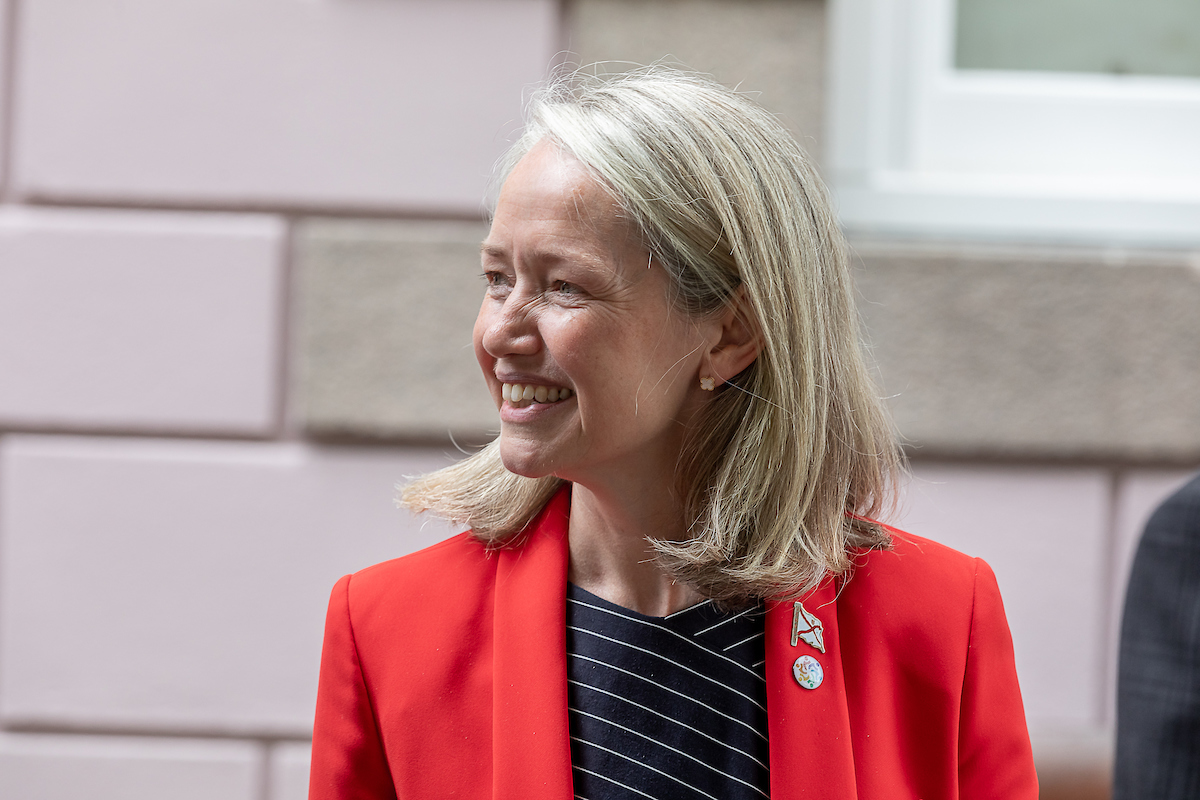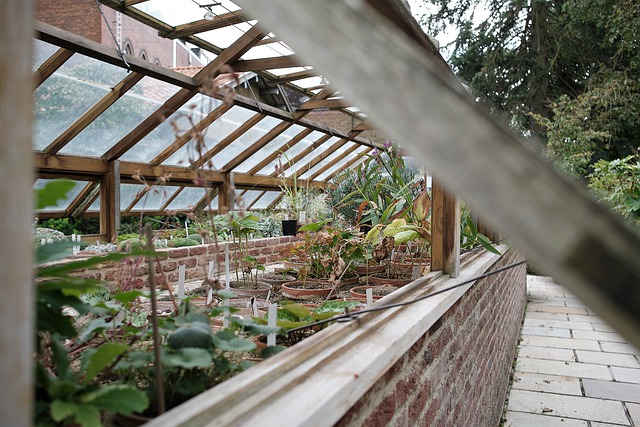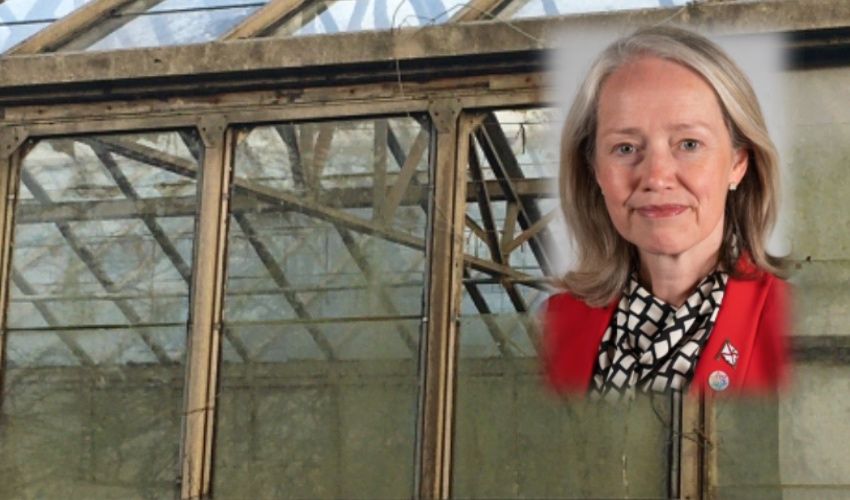But her plan was strongly opposed by then-Environment Minister John Young, who argued it would lead to piecemeal development in the countryside, and it was rejected by 26 votes to 19.
In November, she said that she would be revisiting the idea once more along with the ‘Future Places Ministerial Group’.
Now, it seems those plans have taken a step further.

Pictured: The Chief Minister first attempt to push through the derelict greenhouse scheme was defeated in the States by 26 votes to 19.
Speaking to business leaders at this week’s Chamber Lunch event, she said that St. Helier was taking “too much of the brunt of housing development”.
She later added that she will be “asking the Assembly soon to reconsider” her glasshouses proposition.
The current Bridging Island Plan, which covers 2022 to 2025, has a distinct policy on derelict and redundant glasshouses, which states that their redevelopment for non-agricultural use will not be supported.

Pictured: The policy would allow the for possibility of development on the land occupied by derelict greenhouses.
“When glasshouses are redundant to the horticultural industry or are derelict, they should be removed, and the land restored to agricultural use,” it adds.
The policy does open a small window of opportunity for development: “In only the most exceptional circumstances, the development of derelict glasshouse sites may be considered for other uses, provided that the amount of development is the minimum required to deliver an overall improvement to the landscape character of the countryside through the removal of glasshouses and supporting infrastructure; and the restoration of agricultural land, or an appropriate environmentally-beneficial use.

Pictured: The policy was originally opposed by the then-Environment Minister, John Young, who argued it would lead to piecemeal development in the countryside.
“Any such proposals must be accompanied by adequate information which demonstrates the redundancy of the glasshouse to the holding and the industry; and details which support and justify the extent of development sought relative to the costs of the removal of the glasshouses.
“Any such development will be conditioned to prevent further changes of use; and if the approved use ceases, that the land will revert to agricultural use.”



Comments
Comments on this story express the views of the commentator only, not Bailiwick Publishing. We are unable to guarantee the accuracy of any of those comments.